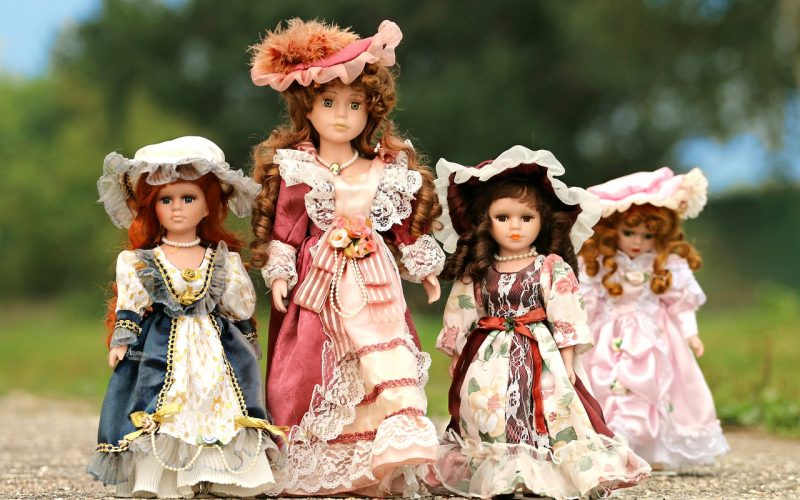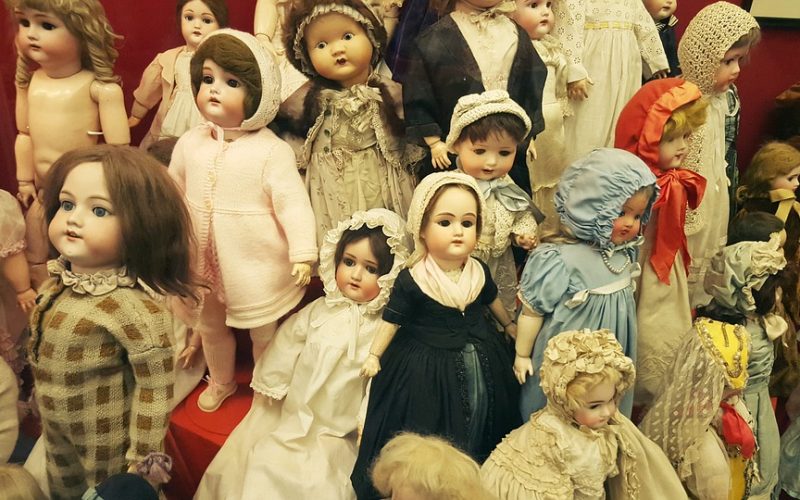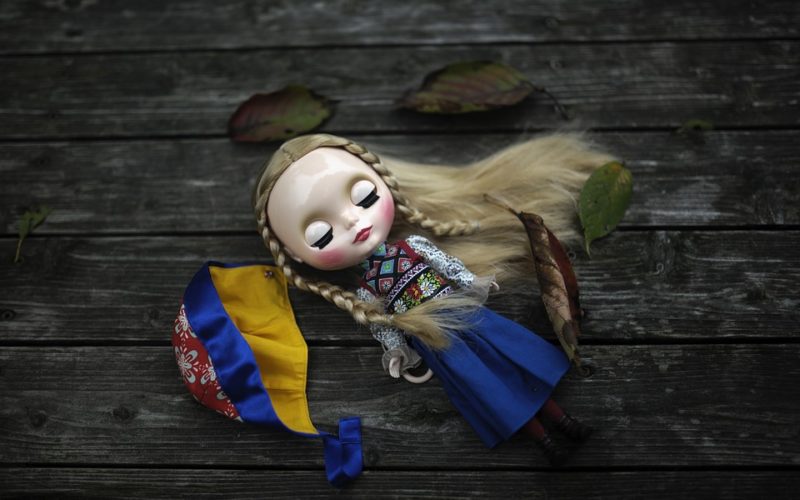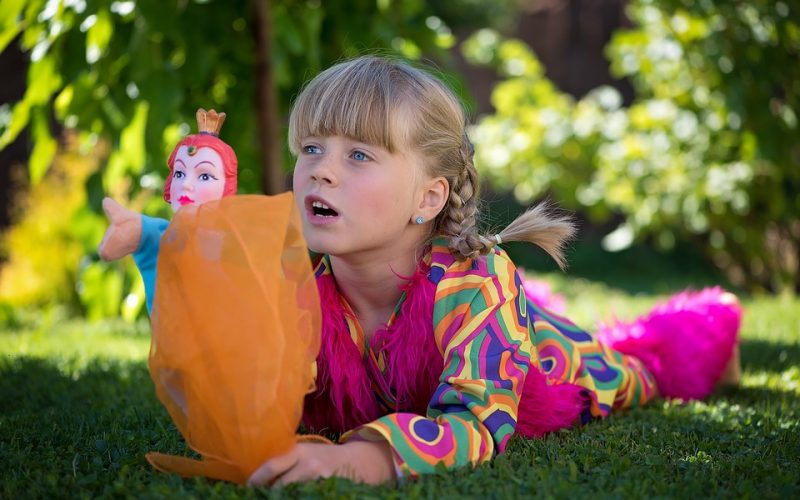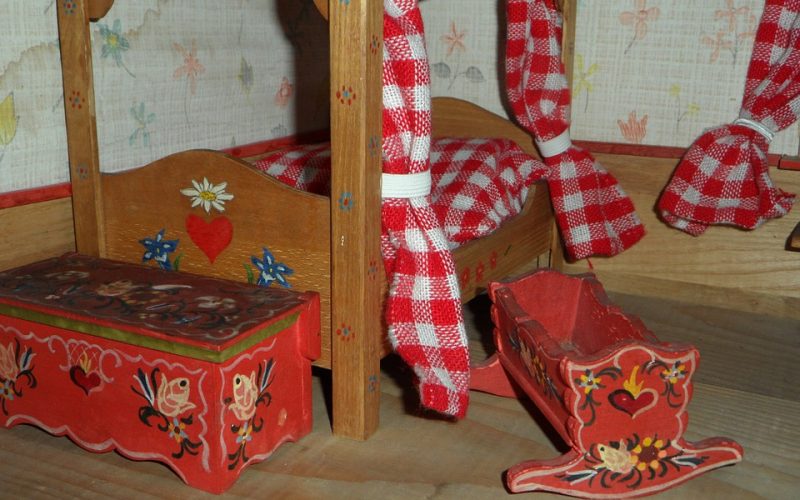Mere Playthings
When considering why daughters, and indeed many children, love playing with dolls and dolls houses, it becomes clear that these toys are much more than mere playthings; they are avenues for creativity, imagination, and social development. Dolls and dolls houses serve as tools through which children navigate complex social scenarios, often reflecting their observations and understandings of the world around them.
This imaginative play helps in developing empathy and cultivating interpersonal skills, as children assign emotions and roles to their dolls, effectively practising real-world interactions in a safe, controlled environment.
Modern safety standards
However, when it comes to vintage ceramic dolls and antique dolls houses, there arises a consideration of appropriateness and safety. While these items are undoubtedly beautiful and carry historic significance, they may not be the best candidates for daily play. The fragility of ceramic and glass components makes them susceptible to damage if mishandled by young children.
Moreover, some older materials may not meet modern safety standards, which is a crucial factor to keep in mind. For these reasons, vintage ceramic dolls and dolls houses are often better appreciated as display pieces or educational tools rather than direct play objects.
Detailed images and patterns
Ceramics are lauded for their exquisite craftsmanship, often boasting intricate details achieved through processes such as ceramic decals and ceramic transfers. These techniques allow for the addition of detailed images or patterns onto the surface of the ceramic, providing each piece with unique characteristics that are visually striking.
Similarly, glass decals and glass transfers can also add vibrancy and character to glass dolls houses or elements within them. This artistic craftsmanship is a significant draw for collectors and those who value the artistic merit and history behind these objects.
Religious and cultural rituals
While playing with dolls is generally seen as a modern developmental activity, it has historic roots that highlight its enduring importance. Dolls have been a part of human civilisation for thousands of years, with origins found in ancient cultures across the globe. These early dolls were not just toys but were also used in religious and cultural rituals.
Understanding this history can provide a deeper appreciation for the dolls we interact with today and highlight the timeless universal appeal they possess. As such, encouraging children to play with dolls and dolls houses not only bolsters their developmental milestones but also connects them with a rich cultural heritage.
Social roles within a family unit
Dolls houses, specifically, offer a unique opportunity for children to engage in miniaturised domestic role-play.
Such activities allow them to mimic the dynamics of a household, giving them a sense of control and understanding of the social roles within a family unit. Through this, they learn the importance of cooperation, responsibility, and social cues, all of which play an integral part in their social development.
Additionally, constructing and decorating the interiors of dolls houses encourages problem-solving, organisation, and creativity. This multifaceted utility makes dolls houses invaluable tools in a child's developmental arsenal.
Replicate the charm
While preserving antique dolls and dolls houses can certainly offer educational value, contemporary alternatives made from safe, durable materials are better suited for sustained play. These modern versions often replicate the charm of their vintage counterparts but are equipped to withstand the robust nature of children's play.
By opting for these alternatives, parents can ensure that their children's playtime is both enriching and safe, allowing them to enjoy the full scope of benefits that such toys offer.
Social skills development
The love that daughters have for dolls and dolls houses is deeply rooted in the rich, engaging experiences they facilitate.
These toys offer invaluable benefits in terms of empathy, social skills development, and creativity. While vintage pieces may serve best as collectible antiques due to their fragility and historic value, modern adaptations provide the safety and durability necessary for childhood exploration and play.
These timeless toys will continue to enrich lives and imaginations, encapsulating both history and ongoing childhood joys.
